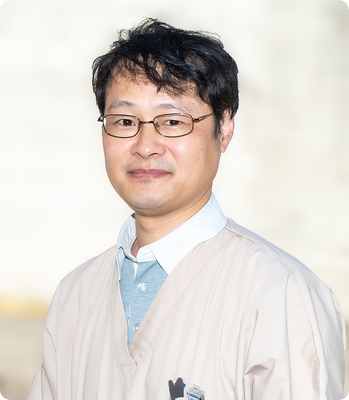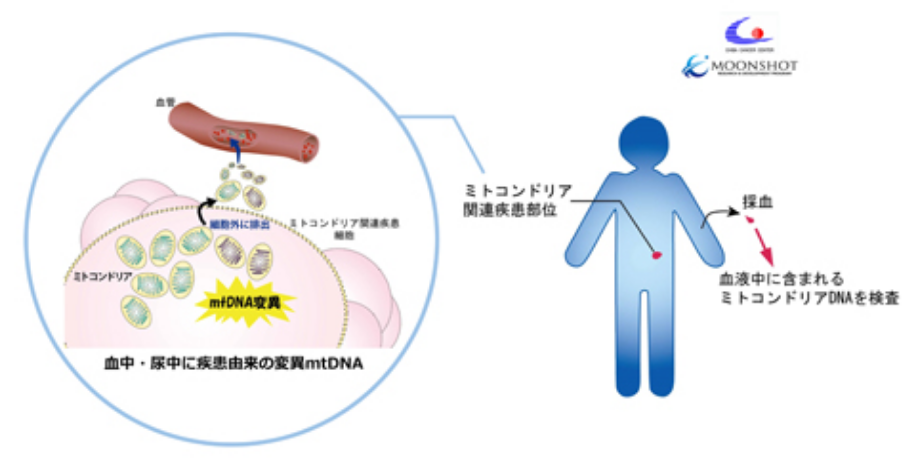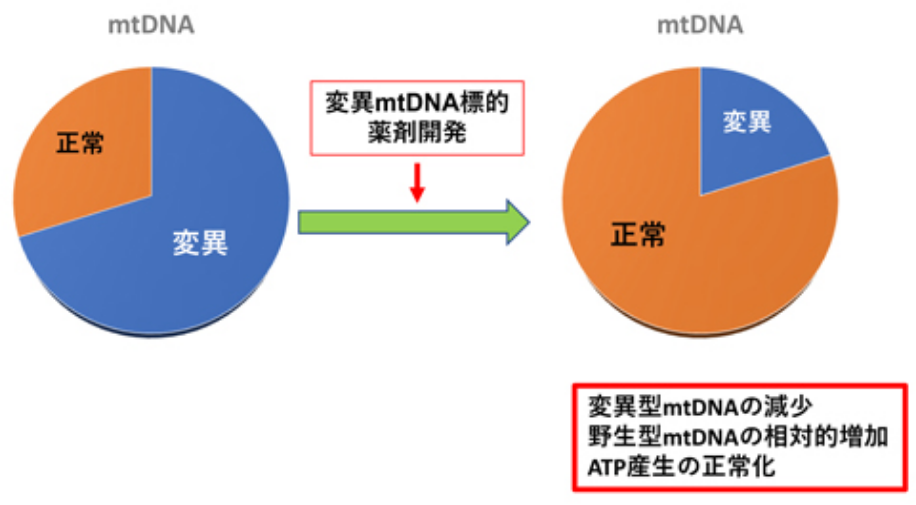Division of Innovative Cancer Therapeutics

Laboratory of Innovative Cancer Therapeutics sought to develop a novel candidate of anti-cancer drug against intractable cancers, and discover a novel molecular marker for accurate diagnosis of cancer. Our laboratory is originated from Biochemistry Laboratory of Chiba Cancer Center Research Institute (CCCRI), and has been working on the projects for finding gene mutation(s) responsible for the development of childhood cancer neuroblastoma, and also elucidating gene function during carcinogenesis by taking advantage of biochemical as well as molecular biological technologies. In 2019, Atsushi Takatori took charge of the laboratory composed of 1 chief, 2 researchers, 1 specially appointed researcher, 1 visiting researcher, 4 technicians, and 3 graduate school students. The research activity of our laboratory is supported by AMED.
【Aim of our laboratory】
Since number of cases in childhood cancers including neuroblastoma is extremely small, understanding of their molecular mechanisms and the development of their therapy appear to be not enough as compared to adult cancers. Our laboratory takes part in the biobank project which collects and distributes clinical samples of Japanese neuroblastoma and childhood liver cancer, and further promotes the study to clarify the molecular mechanisms underlying the development of childhood cancers through the collaboration with Japan Children's Cancer Group.
Up to now, the development of a molecular targeted anti-cancer drug(s) has been performed largely dependent on the discovery of a specific inhibitor(s) against receptor tyrosine kinases. While, there has been a long delay in the development of a drug against undruggable target due to its lack of recognition by a small chemical compound. Moreover, research and development on rare cancers such as childhood cancers with small number of cases has been unsatisfactory, and thus an effective molecular targeted drug against them has not yet been discovered, making them severe diseases with higher unmet medical needs. To solve the issues, our laboratory is specifically focusing on nuclear oncogene products among numerous undruggable targets, and making an extensive effort to change their undruggable nature to druggable one.
In addition to the development of a novel strategy for treatment, our laboratory also sought to find out a reliable diagnostic molecular marker. Liquid biopsy is a test on a sample of blood or body fluids to early identify diseases and assess treatment efficiency of a targeted drug. Our laboratory sought to develop a novel technology by means of chemical synthesis to detect an extremely small amount of material that can not be found out by the traditional biopsy. Unlike the general Cancer Research Institute, our laboratory has a core facility for organic chemistry. Thus, our laboratory has an ability to synthesize, analyze a chemical compound and evaluate its biological activity in vivo, thereby efficiently moving our projects forward.
Members
| Laboratory Head | Atsuhi Takatori |
|---|---|
| Senior Scientist | Nobuko Koshikawa |
| Project Scientist | Keizo Takenaga |
Projects
1. AMED MOONSHOT Research & Development Program (Objective 7)
Mitochondrial preemptive medicine It has been well-known that functional aberration of mitochondria leads to the onset of numerous diseases. With this in mind, “Mitochondrial preemptive medicine” project which is one of “MOONSHOT Research & Development Program” has started at 2021. The aim of this project is an early detection of decreased function of mitochondria, and implementation of an early medical intervention as well as treatment. Innovative Cancer Therapeutics Laboratory participates in “Development of mitochondrial DNA (mtDNA) biopsy in blood” of this project. Our goal is to invent a technology for detection of an extremely small amount of blood mtDNA, and bridge to a development of simple inspection system that enables to check own mitochondria condition. If everything is going well, our results might lead to a Japanese "Disruptive Innovation” that “Moonshot Research & Development Program” aims for.

2.AMED Practical Research Project for Rare/Intractable Diseases Establishment of mutated mitochondria-removing therapy utilizing mutated mitochondria-targeted drug
Mitochondria is an important intracellular organelle in which ATP, an energy source of cells, is produced. Mitochondria contain mitochondrial DNA (mtDNA) encoding respiratory chain complex subunit genes. It has been demonstrated that mutation of mtDNA and an increase in relative ratio between mutated and normal mtDNA are tightly linked to the development of mitochondrial diseases as well as other diseases. Thus, it is likely that a decrease in a ratio of mutated mtDNA within mitochondria might contribute to improving mitochondrial dysfunction, preventing onset and enhancing QOL. Now, we are promoting this project to develop a reliable drug targeting mutated mtDNA to reduce its copy number.

最近の主な業績
- Ota Y, et al. Targeting anaplastic lymphoma kinase (ALK) gene alterations in neuroblastoma by using alkylating pyrrole-imidazole polyamides. PLoS One, 16(9): e0257718, 2021.
- Takatori A, et al. NLRR1 is a potential therapeutic target in neuroblastoma and MYCN-driven malignant cancers. Frontiers Oncology, 25;11:669667, 2021.
- Krishnamurthy S, et al. Targeting the mutant PIK3CA gene by DNA-alkylating pyrrole-imidazole polyamide in cervical cancer. Cancer Science, 112(3):1141-1149, 2021.
- Yoda H et al. Direct targeting of MYCN gene amplification by site-specific DNA alkylation in neuroblastoma. Cancer Research, 79(4):830-840, 2019.
- 高取敦志, 竹永啓三.ミトコンドリアゲノム標的薬剤によるミトコンドリア関連疾患の治療法開発.医学のあゆみ,281(12), 1135-1139, 2022.